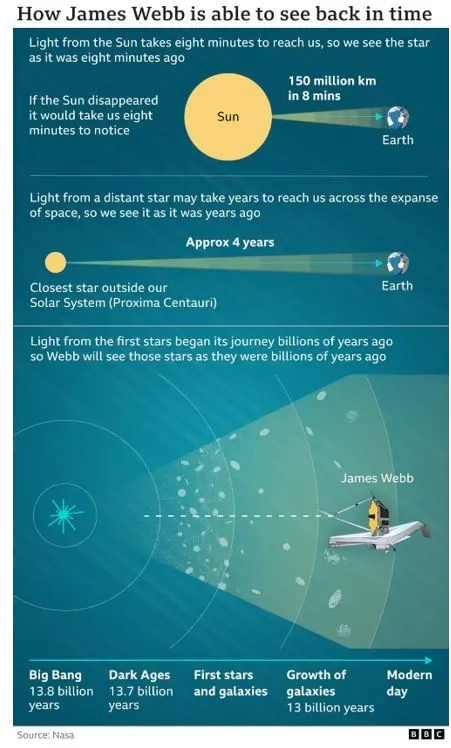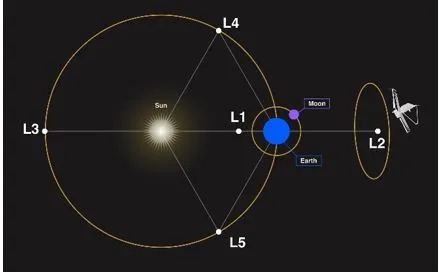

3rd June 2024 (12 Topics)
Context
NASA's James Webb Space Telescope (JWST) has uncovered a remarkable find - the earliest-known galaxy, challenging previous assumptions about the universe's infancy. This galaxy, named JADES-GS-z14-0, was observed approximately 290 million years after the Big Bang, during a period known as cosmic dawn.
Key Findings:
- JADES-GS-z14-0 measures about 1,700 light years across and possesses a mass equivalent to 500 million stars like sun.
- Despite its early formation, it was rapidly generating stars, approximately 20 per year.
- Surprising Brightness: The brightness and size of this early galaxy defy previous expectations. Scientists were astonished by its luminosity, as it was larger and brighter than anticipated for a galaxy at this early stage.
- Comparison: While notable for its time, JADES-GS-z14-0 is dwarfed by present-day galaxies like Milky Way, which spans about 100,000 light years and contains the mass of around 10 billion sun-sized stars.
- Second Discovery: In addition to JADES-GS-z14-0, the JWST also identified the second oldest-known galaxy, JADES-GS-z14-1, dating back approximately 303 million years post-Big Bang. This galaxy, although smaller, still exhibited significant star formation.
- Implications: These discoveries challenge existing theories about early galaxy formation. They hint at a denser, more gas-rich environment in the early universe, with star formation processes differing markedly from those seen today.

Fact Box: About James Webb Space Telescope (JWST)
L2 Point Explanation:
|
More Articles




